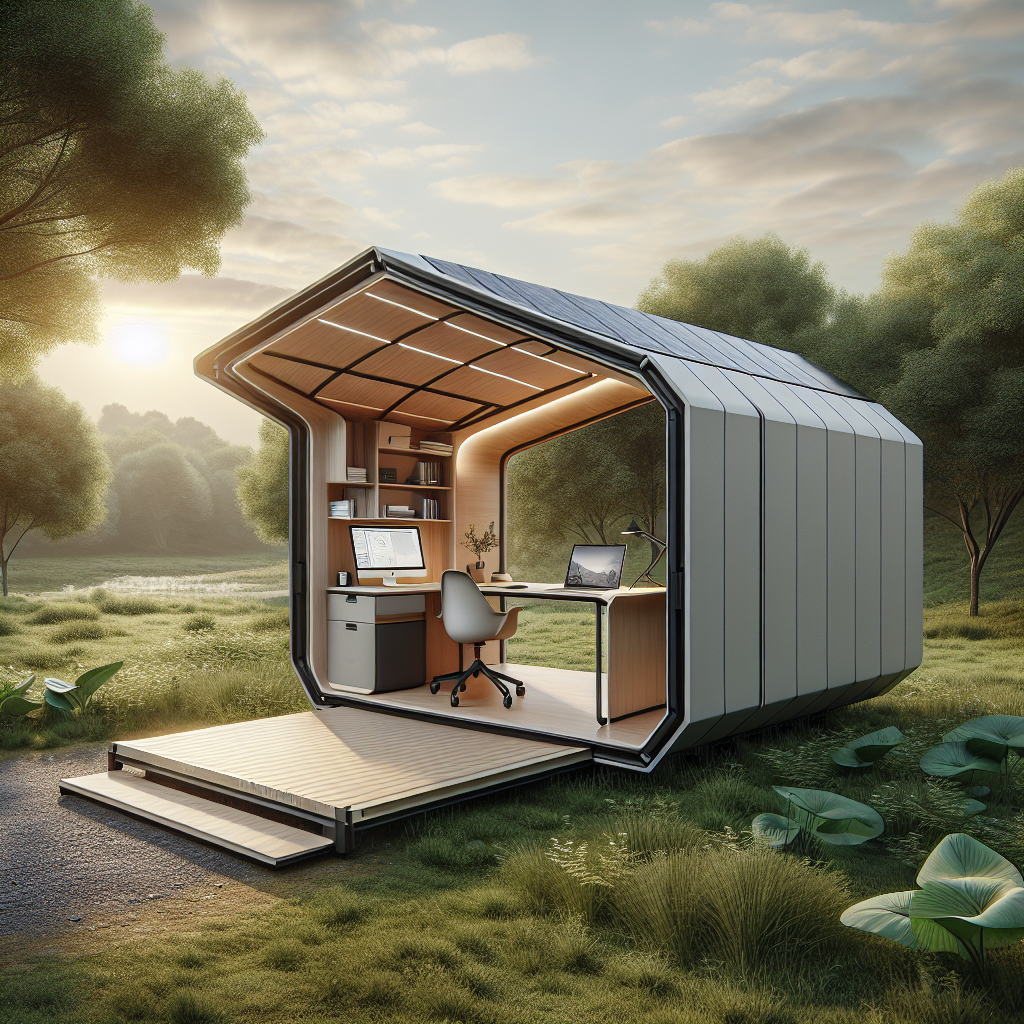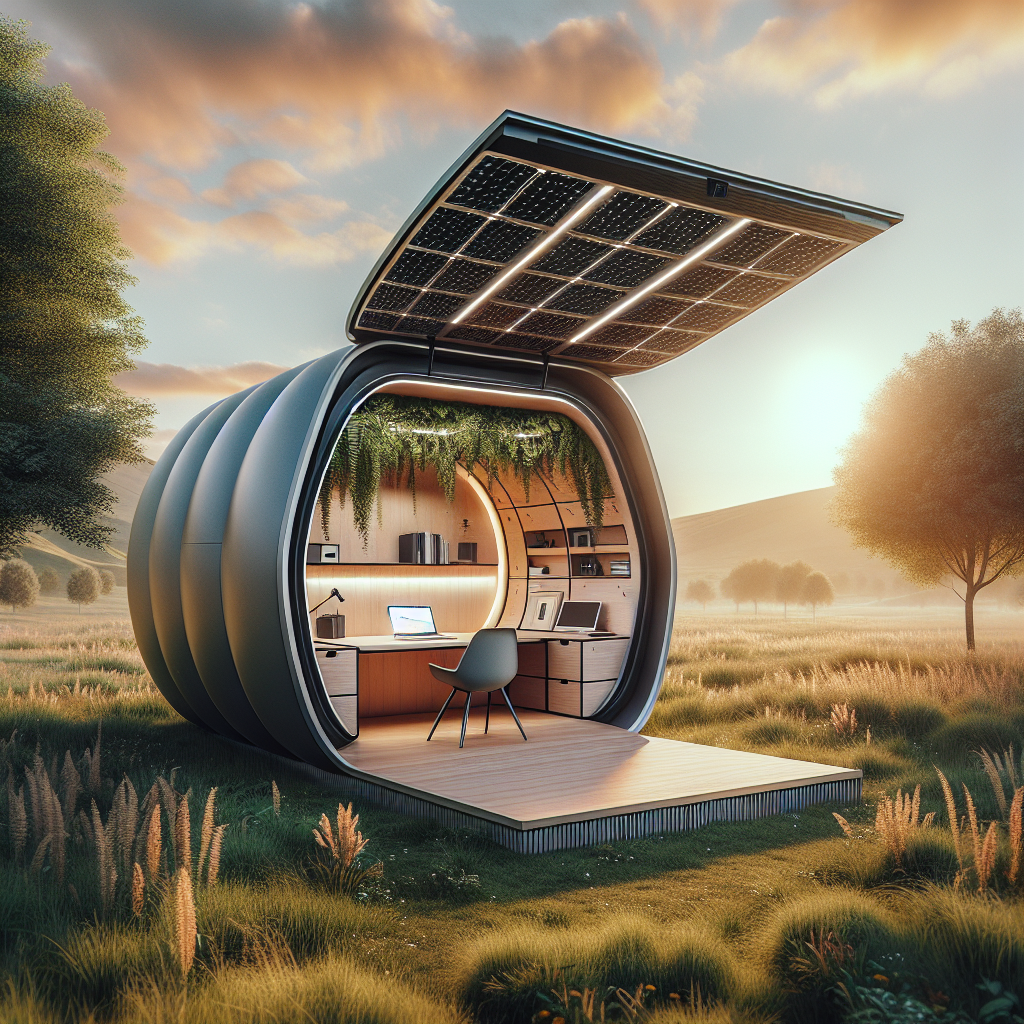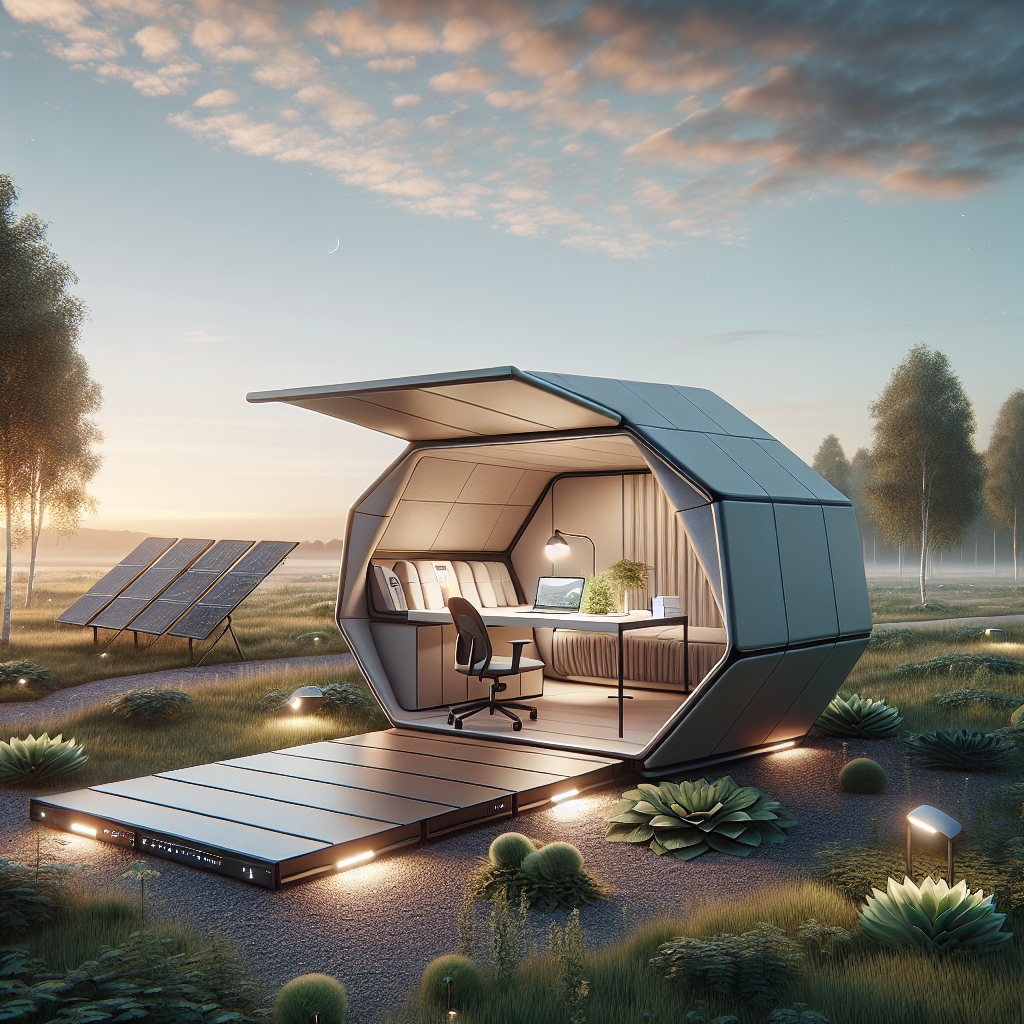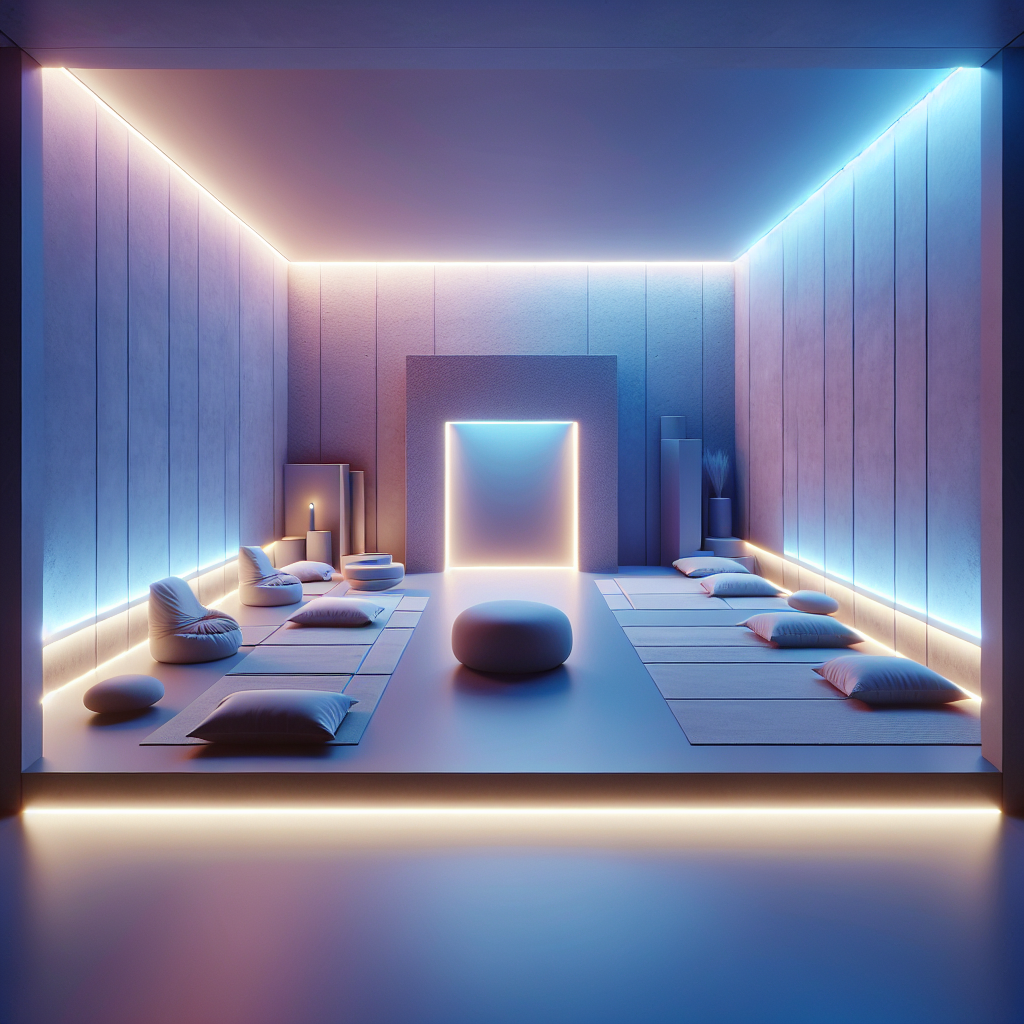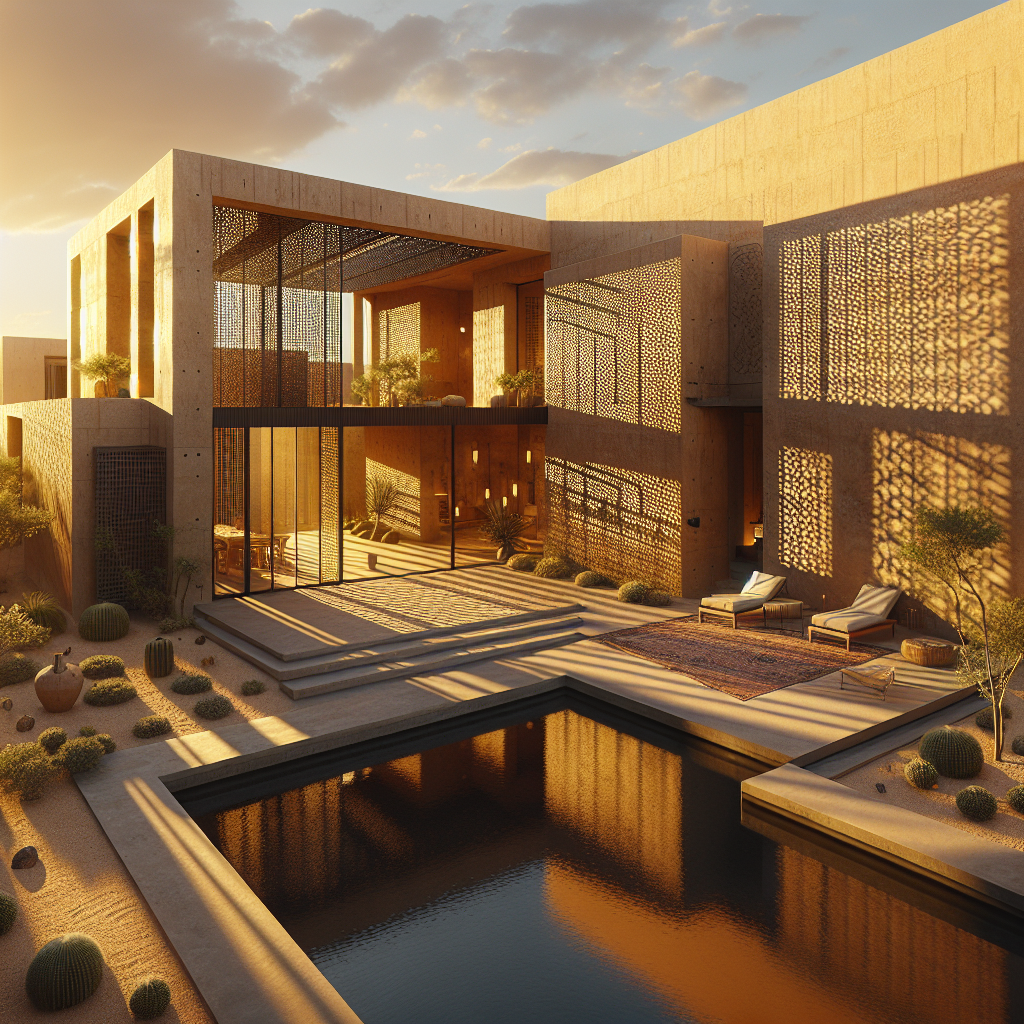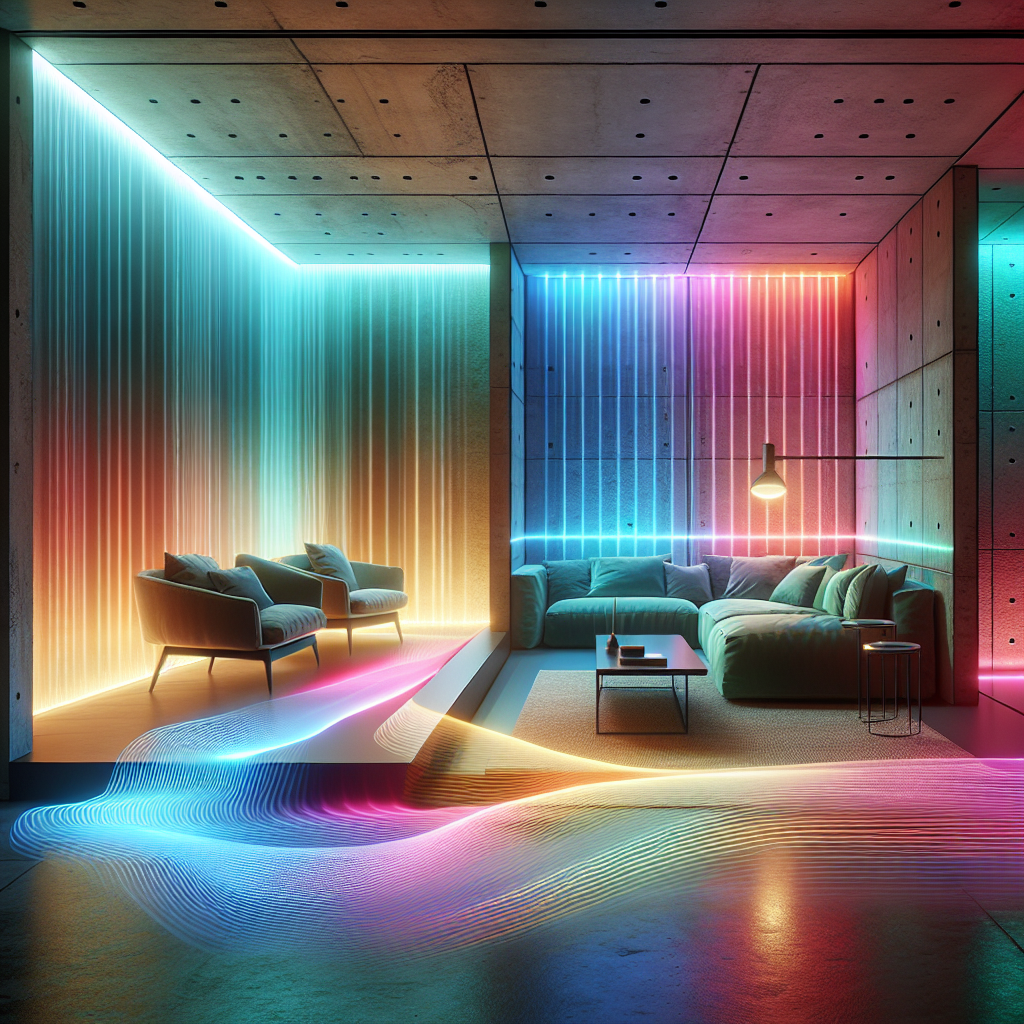Nomadic offices collapsible: work pods for mobile professionals
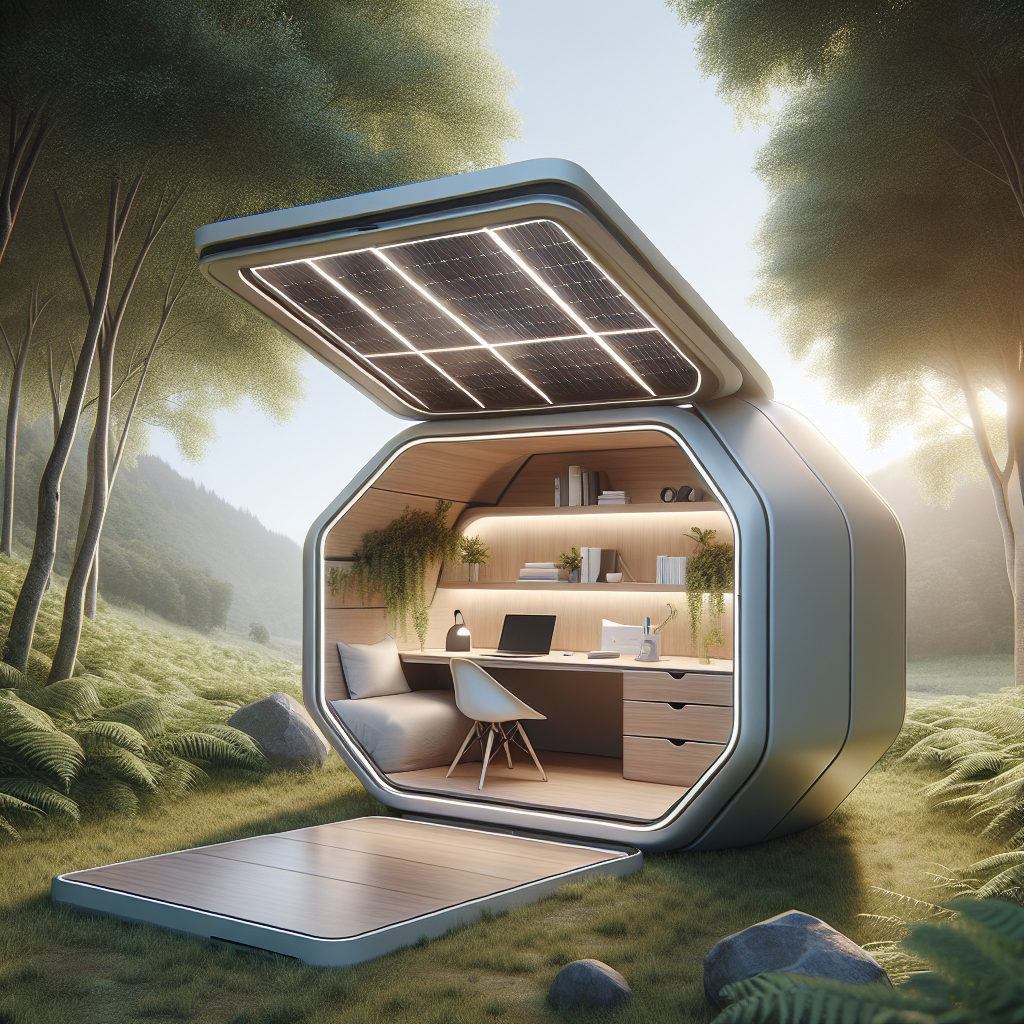
Nomadic Offices Collapsible: Work Pods for Mobile Professionals
In an era where mobility defines modern work culture, the traditional office is dissolving into something far more fluid, adaptive, and design-driven. The rise of nomadic offices—compact, collapsible work pods designed for itinerant professionals—marks a profound shift in how architecture responds to the rhythms of contemporary life. These portable structures merge the architectural rigor of modular design with the intimacy of personal space, offering a compelling vision for the future of work that is both sustainable and liberating.
The Rise of the Nomadic Professional
According to a 2024 report by the International Labour Organization, over 35% of professionals in developed economies now engage in some form of remote or hybrid work. This seismic shift has given rise to a new archetype: the digital nomad—a worker whose office can be anywhere from a mountain cabin to a seaside deck. Yet, the need for privacy, ergonomics, and focus remains universal. Enter the collapsible work pod: a self-contained, mobile micro-office that can be folded, transported, and reassembled in minutes.
These structures draw from the same lineage as modular architecture and portable buildings, yet they elevate the concept through design precision and material innovation. Their DNA intertwines with the minimalist philosophies explored in micro-living spaces and the sustainability ethos of biodegradable architecture.
Designing for Mobility: The Architecture of Adaptability
At the heart of these nomadic offices lies a principle of architectural agility. Each pod is engineered to balance lightness with structural integrity. Designers employ advanced materials such as carbon-fiber composites, recycled aluminum frames, and high-tensile textiles that allow the structure to collapse without compromising durability. The result is a product that feels both ephemeral and enduring—a paradox central to 21st-century design thinking.
Some pods unfold like origami, revealing multi-functional interiors that include a desk, ergonomic seating, integrated lighting, and even acoustic insulation. Others expand telescopically, using pneumatic systems to create a weatherproof shell. The design language is often sleek and monolithic—matte finishes, soft neutral palettes, and seamless joints—echoing the quiet sophistication of minimalist interiors.
Architects such as Atelier Nomade and Studio Fold have pioneered collapsible workspaces that can be transported on the back of an electric vehicle or even towed by bicycle. Their creations are not merely functional but poetic—micro-architectures that reinterpret the boundaries between shelter, furniture, and sculpture.
Material Innovation and Sustainability
Material choice is critical in ensuring that nomadic offices remain environmentally responsible. Many designs incorporate biodegradable composites or panels made from recycled PET, bamboo laminates, or mycelium-based insulation. This aligns with the growing global movement toward circular economy design, where every component can be reused or reintegrated into the production cycle.
Solar panels embedded into the pod’s roof power ventilation systems and USB ports, while rainwater collection systems and composting modules support off-grid independence. These features make the pods ideal for remote locations, festivals, or temporary research outposts—environments where infrastructure is minimal but design excellence is non-negotiable.
In many ways, these portable offices echo the ethos of the tiny house movement, yet they go further by emphasizing temporal architecture—spaces designed to exist, disappear, and reappear as needed. The sustainability of such designs lies not only in their materials but in their impermanence.
Human-Centric Design: Comfort in Compactness
While mobility is the headline, the true innovation of collapsible work pods lies in their human-centric design. Designers have learned from the ergonomics of high-performance offices, integrating adjustable desks, task lighting calibrated to circadian rhythms, and acoustic panels that create a cocoon of focus. Some models even include air purification systems and biophilic elements—miniature moss walls or potted greenery—to enhance well-being, echoing the principles of biophilic design.
Interior designers approach these pods as microcosms of comfort. The tactile contrast between soft felt linings and smooth aluminum surfaces creates a sensory balance. Lighting is often indirect, bouncing off pale wood veneers to create a sense of spaciousness. The result is a workspace that feels personal yet professional, mobile yet grounded.
Case Studies: Design Excellence in Motion
Several pioneering examples illustrate the potential of this emerging typology. The “Foldaway Office” by the Danish firm NOMA Studio uses a scissor-frame mechanism to expand from a flatpack into a 3-square-meter workspace. Its walls are lined with cork for sound absorption, and its translucent polycarbonate shell filters daylight with a gentle, diffused glow. Meanwhile, the Japanese “WorkPod Nomad” employs an inflatable carbon-fiber skeleton that can be assembled in under ten minutes—an engineering marvel inspired by aerospace design.
In the United States, California-based firm OffGridWorks has developed solar-powered pods that integrate IoT sensors to monitor air quality, temperature, and energy use. Their modular connectivity allows multiple pods to form temporary coworking clusters, a concept reminiscent of modular design principles applied to urban mobility.
Architectural Philosophy: From Permanence to Fluidity
The rise of collapsible offices signals a deeper philosophical transformation in architecture. For centuries, buildings were defined by permanence—by their ability to withstand time. Today, design is increasingly measured by its ability to adapt. This evolution parallels the shift toward responsive architecture, where structures evolve in real time to meet human and environmental needs.
Nomadic offices embody this ethos of fluidity. They reject the static monumentality of traditional workplaces in favor of temporal autonomy. In doing so, they echo the design logic of camping culture, festival architecture, and emergency housing—but with a distinctly refined, urban sensibility. They are not shelters of necessity but expressions of choice, reflecting a generation that values freedom, sustainability, and design literacy in equal measure.
The Future of Workspaces: A New Architectural Frontier
As cities grapple with the challenges of density, cost, and environmental impact, the idea of a workspace that can move with its user becomes increasingly compelling. Imagine urban parks dotted with temporary pods that appear each morning and vanish by dusk, or rural landscapes animated by clusters of designers working off-grid. The implications for urban planning, hospitality, and education are vast.
Architects are beginning to envision networks of shared nomadic hubs—lightweight infrastructures that plug into existing ecosystems rather than displacing them. These could serve as mobile coworking villages, pop-up classrooms, or even artistic residencies, blurring the boundaries between architecture, technology, and lifestyle.
In this emerging landscape, the collapsible office pod is more than a product; it is a manifesto for a new way of living and working. It celebrates impermanence as a form of sustainability, mobility as a form of freedom, and design as a bridge between the physical and the digital realms of labor.
Final Thoughts
The evolution of nomadic offices represents a pivotal moment in architectural thinking—one that challenges our assumptions about what a workspace should be. As the global workforce continues to decentralize, these collapsible pods offer a poetic, practical, and sustainable response to the needs of the modern professional. They remind us that architecture need not be static to be meaningful; it can fold, unfold, and travel—carrying with it the essence of design excellence wherever the human spirit chooses to roam.
In a world where the horizon is no longer a boundary but an invitation, the nomadic office stands as both a tool and a symbol of our collective pursuit of flexibility, creativity, and freedom.
